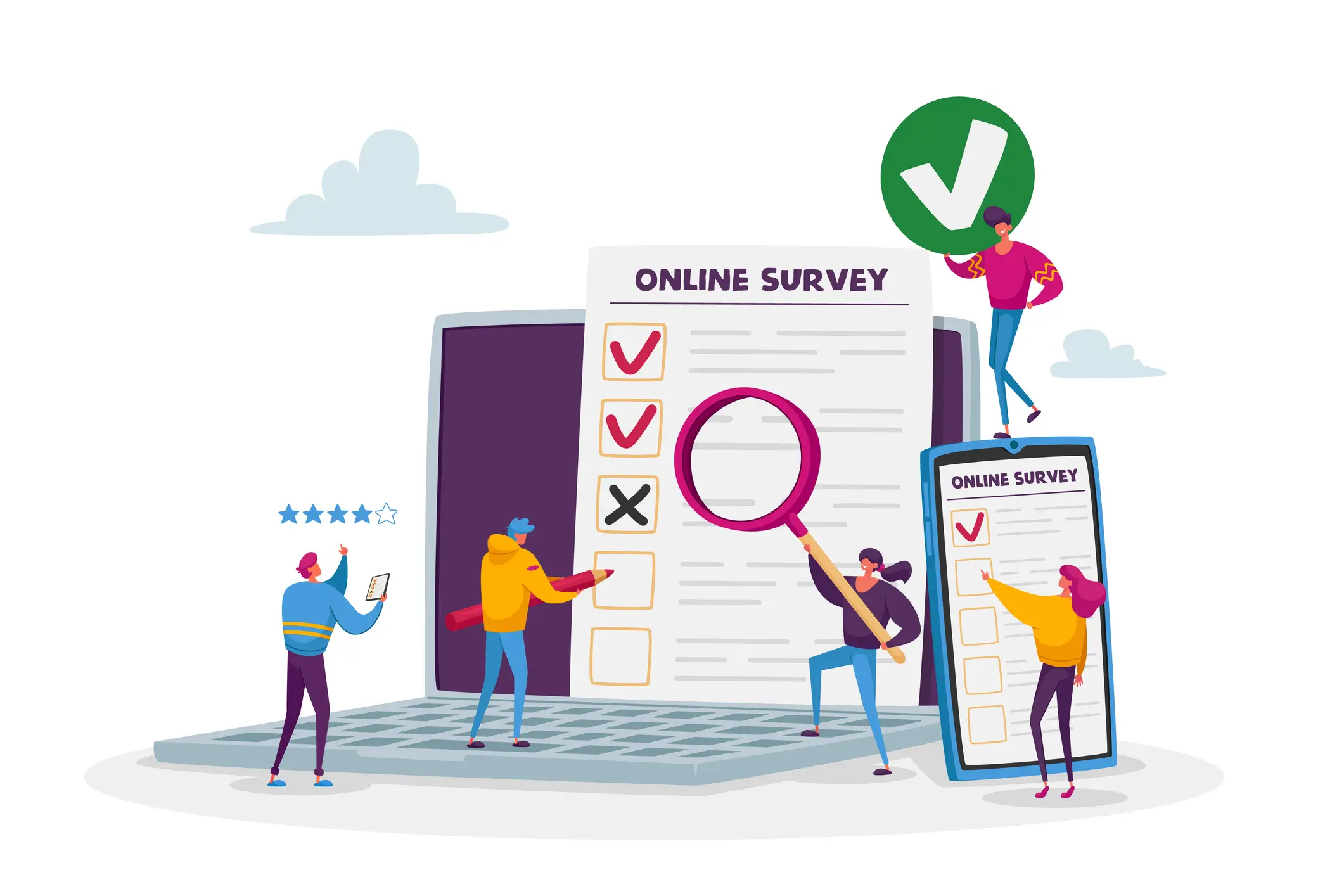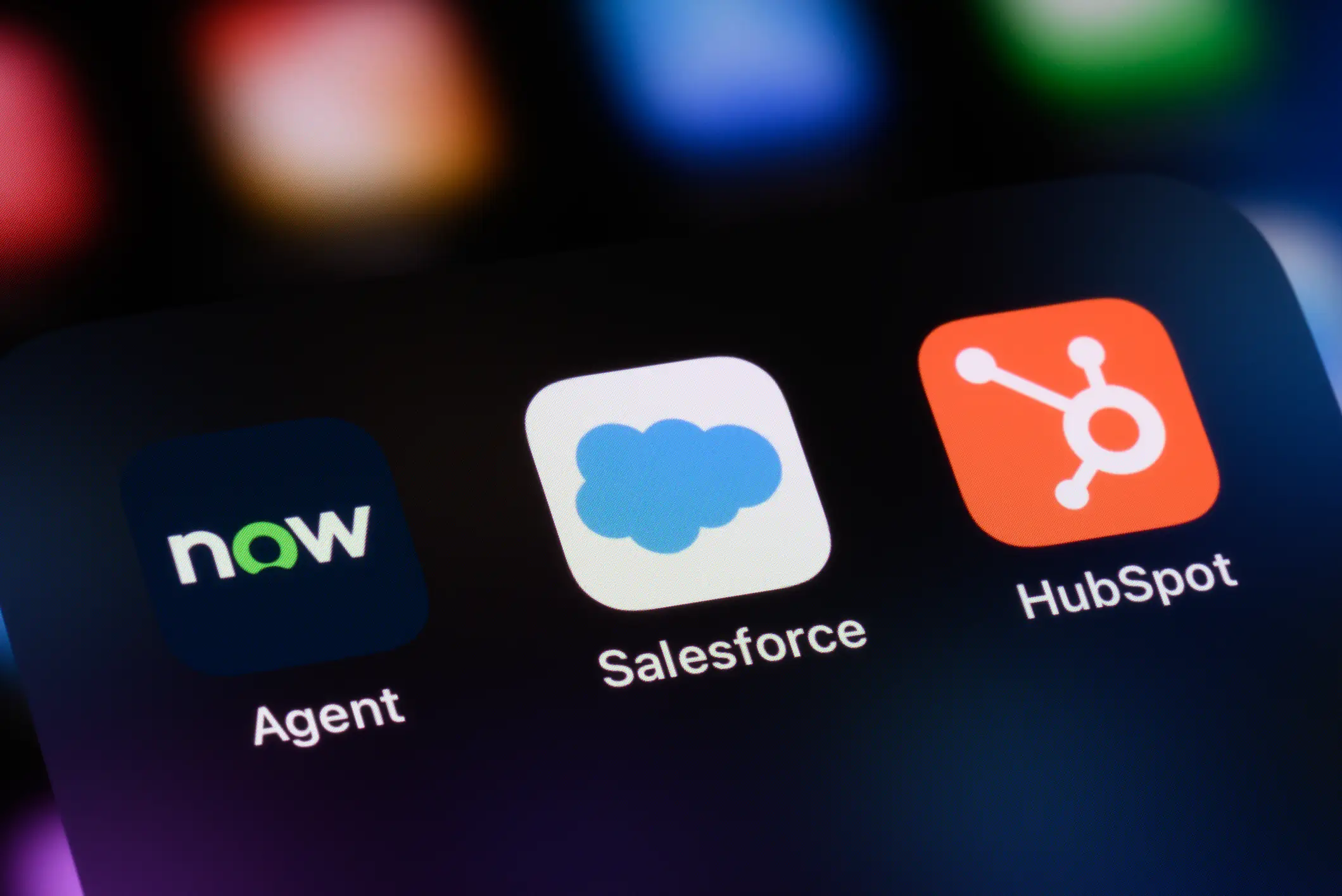Customer experience professionals are witnessing a revolution. AI user experience tools are changing how we collect, understand, and act on customer feedback. The shift isn’t just about automation—it’s about creating smarter, more responsive customer experiences.
What Makes AI User Experience Different
Traditional feedback collection often leaves teams drowning in data without clear direction. AI user experience tools flip this script by automatically identifying patterns, predicting behavior, and surfacing actionable insights from customer interactions.
The magic happens when these tools integrate seamlessly with your existing workflow. Instead of juggling multiple platforms, you get unified insights that drive real business decisions.
9 AI User Experience Tools Reshaping Customer Feedback
SurveyVista
SurveyVista puts AI-powered feedback to work—right where your data already lives: Salesforce. With 100% Salesforce-native architecture, you can collect customer insights from any channel, while machine-driven mapping ensures responses are instantly integrated and organized within your CRM—no sync delays, no data ever leaving your org.
Whether you’re capturing thousands or millions of responses, SurveyVista’s unlimited capacity and real-time dashboards turn raw feedback into actionable intelligence, so you can understand and act faster than ever—all with the trust of knowing everything happens where it should—inside Salesforce.
DataRobot
DataRobot automates data processing, turning raw customer feedback into predictive insights. Teams use it to forecast customer behavior and identify at-risk accounts before churn happens. The platform excels at processing massive datasets that would take human teams weeks to interpret.
Hotjar AI
Hotjar AI transforms session recordings and heatmaps into digestible insights about user behavior. It automatically flags problematic user journeys and identifies conversion bottlenecks across digital touchpoints. The tool particularly shines at categorizing qualitative feedback into thematic clusters.
AccessiBe
AccessiBe tackles accessibility compliance by automatically scanning interfaces for WCAG violations. It identifies color contrast issues, missing alt text, and keyboard navigation problems that could exclude users. The platform implements real-time adjustments like dynamic font resizing for users with visual impairments.
UserWay
UserWay provides automated accessibility audits while offering personalization features for users with different needs. It generates automatic closed captions for multimedia content and adjusts interface elements based on individual accessibility requirements. The tool helps prioritize accessibility improvements based on user impact.
Khroma
Khroma uses machine learning to create personalized color schemes that maintain brand identity while improving readability. It automatically generates WCAG-compliant palettes based on individual perceptual needs. The tool particularly helps teams create inclusive designs for colorblind users.
Google’s Fairness Indicator
Google’s Fairness Indicator audits machine learning models for potential bias in personalization features. It flags discrimination in recommendation algorithms and content prioritization systems. Teams use it to ensure their AI-driven experiences don’t inadvertently exclude certain user groups.
Acrolinx
Acrolinx focuses on interface copy, examining word choice for unintended stereotypes and cultural insensitivity. It suggests inclusive alternatives that resonate across diverse user groups. The platform helps maintain consistent, bias-free messaging across all customer touchpoints.
Hotjar Engage
Hotjar Engage provides access to 200,000+ participants across 130 countries for user research. AI-powered transcription services break language barriers during customer interviews. The global reach helps identify cultural variations in user expectations and interface interpretation.
How AI Enhances Traditional Feedback Collection
Faster Pattern Recognition
AI processes millions of data points in minutes, not weeks. Customer sentiment understanding happens in real-time, letting teams respond to issues before they escalate. Pattern recognition across multiple feedback channels reveals insights that manual review might miss.
Predictive Customer Behavior
Machine learning models forecast which customers might churn based on interaction patterns. E-commerce platforms anticipate browsing behavior to optimize interface layouts dynamically. These predictions help teams proactively address customer needs rather than reactively fixing problems.
Bias Reduction in Research
AI helps eliminate sampling bias by providing access to diverse participant pools. Automated transcription breaks down language barriers in global research. Cultural variation detection prevents teams from making assumptions based on limited demographic data.
Where Human Judgment Still Matters
AI excels at processing data, but human insight drives meaningful action. Customer experience professionals must validate AI-generated insights against real user feedback. The most successful teams treat AI as a collaborative partner, not a replacement for human empathy.
Creative problem-solving still requires human intuition. AI can surface issues, but understanding the emotional context behind customer frustration needs human interpretation. Teams that balance AI efficiency with human understanding create the most impactful customer experiences.
Making AI Work for Your Customer Experience Strategy
Start small with tools that integrate into your existing workflow. ChatGPT can help generate customer personas and workshop agendas, freeing up time for strategic thinking. Midjourney creates diverse imagery for customer communications that traditional stock photos can’t match.
Focus on tools that enhance rather than replace your processes. The goal isn’t to automate everything—it’s to amplify your team’s ability to understand and serve customers better. Success comes from maintaining human oversight while leveraging AI’s scalability.
The Future of AI User Experience
Voice-enabled interfaces are adapting responses based on vocal tone and speech patterns. Banking apps using Amazon Lex show higher task completion rates when incorporating voice understanding. These systems detect confusion and trigger contextual help at exactly the right moment.
Computer vision algorithms examining eye-tracking data could enable interfaces that reflow content based on visual attention patterns. Early prototypes show faster task completion in forms that adjust field ordering based on gaze direction. The technology promises more intuitive, responsive customer experiences.
Building Better Customer Experiences with SurveyVista
While AI tools transform how we collect and understand feedback, the real power comes from integration. SurveyVista’s 100% Salesforce-native platform seamlessly connects AI insights with your existing customer data. You can collect feedback across every touchpoint and integrate it directly into your CRM workflow.
The no-code integration means your team can act on AI-generated insights faster. Instead of switching between multiple tools, everything lives in Salesforce where your customer data already exists. This unified approach ensures full data compliance while empowering teams to make better decisions across departments.
Customer-centric growth happens when you can quickly move from insight to action. AI user experience tools provide the insights—platforms like SurveyVista ensure you can act on them effectively.
Frequently Asked Questions
How do AI user experience tools integrate with existing customer feedback workflows?
Most AI UX tools offer seamless integration through native connections. They work alongside your platforms, automatically processing feedback data and surfacing insights without requiring teams to switch between multiple systems or learn entirely new workflows.
Can AI tools replace human judgment in customer experience decisions?
No, AI tools enhance rather than replace human insight. While AI excels at processing data and identifying patterns, human empathy and creative problem-solving remain essential for understanding emotional context and making meaningful customer experience improvements.
What’s the difference between traditional feedback collection and AI-powered methods?
Traditional methods often leave teams overwhelmed with raw data. AI-powered tools automatically identify patterns, predict customer behavior, and surface actionable insights in real-time, transforming data overload into clear direction for customer experience improvements.
How quickly can AI tools process customer feedback compared to manual review?
AI processes millions of data points in minutes versus weeks for manual review. This speed enables real-time customer sentiment understanding, allowing teams to respond to issues before they escalate and identify patterns across multiple feedback channels.
Do AI user experience tools work for small businesses or just enterprise companies?
AI UX tools scale for businesses of all sizes. Many platforms offer tiered pricing and features that grow with your needs. Starting small with tools that enhance existing processes is often the most effective approach for any organization.
More Like This

Rajesh Unadkat 
Founder and CEO
Rajesh is the visionary leader at the helm of SurveyVista. With a profound vision for the transformative potential of survey solutions, he founded the company in 2020. Rajesh's unwavering commitment to harnessing the power of data-driven insights has led to SurveyVista's rapid evolution as an industry leader.
Connect with Rajesh on LinkedIn to stay updated on the latest insights into the world of survey solutions for customer and employee experience management.



